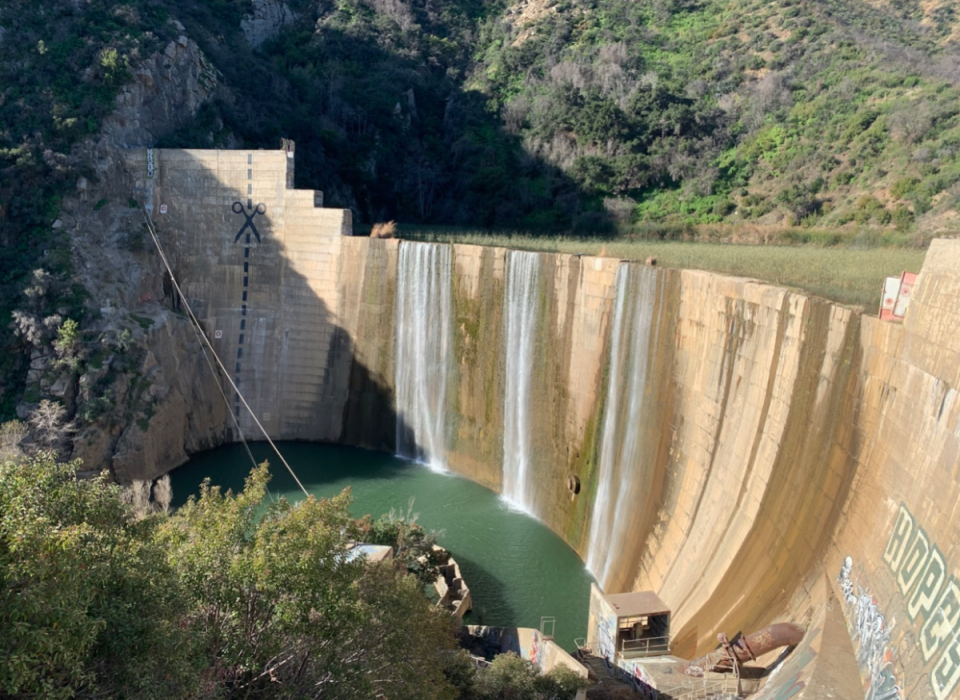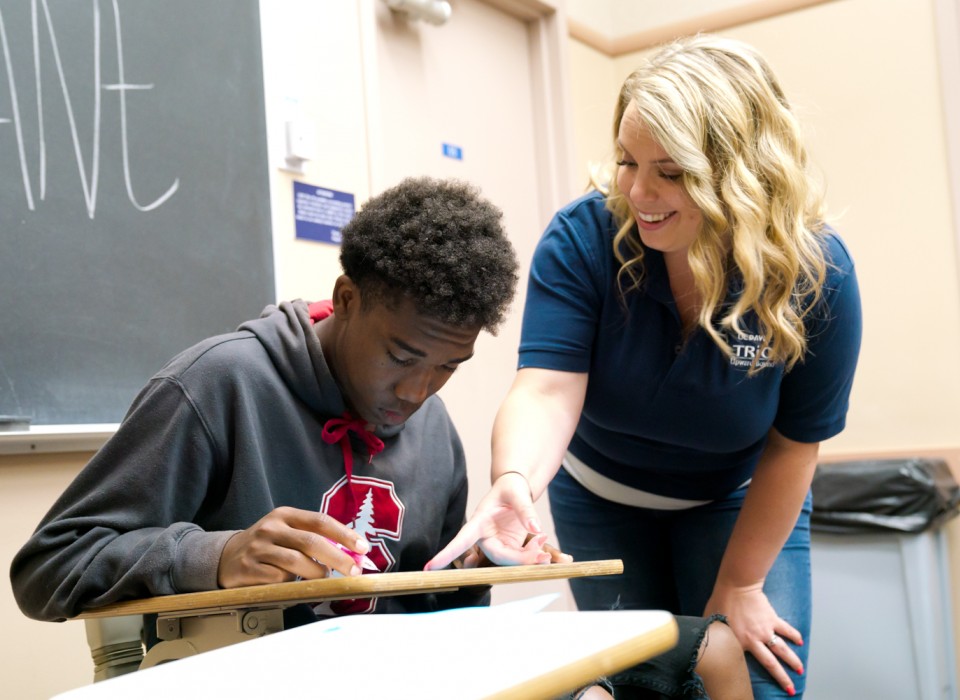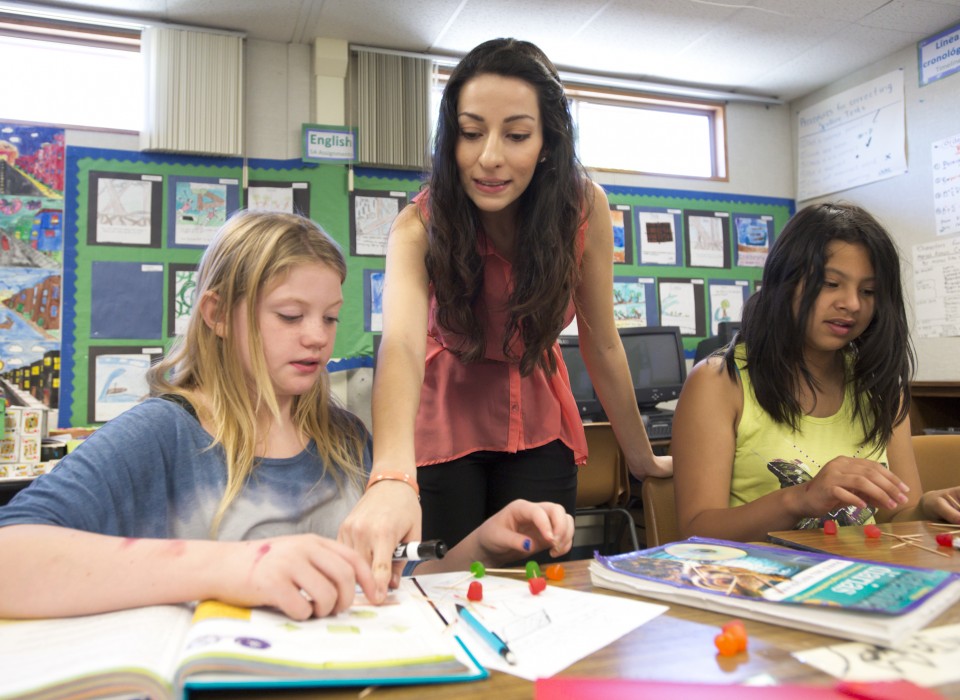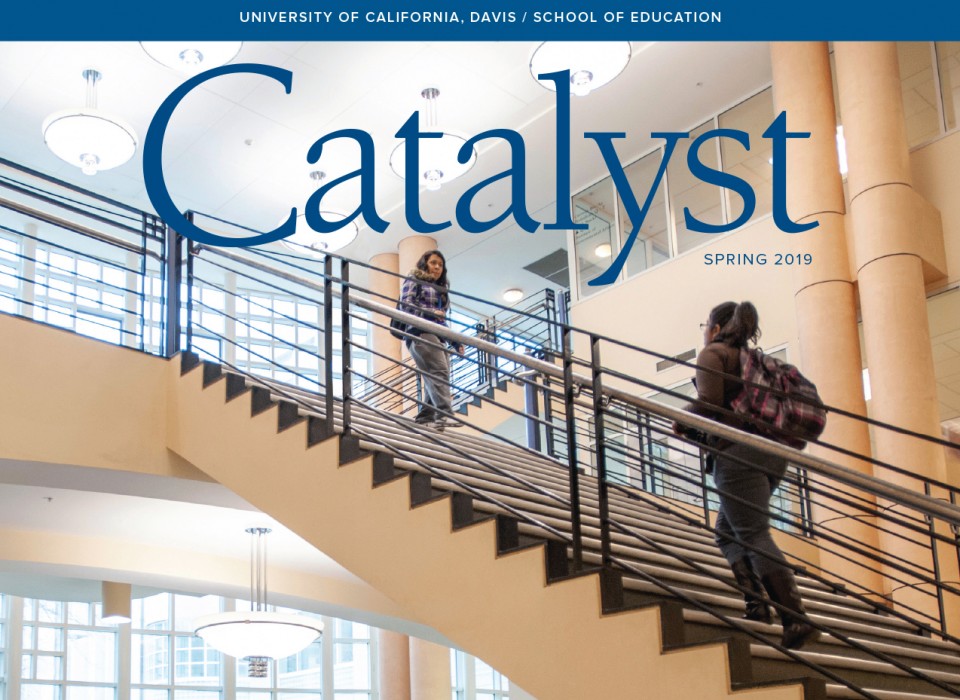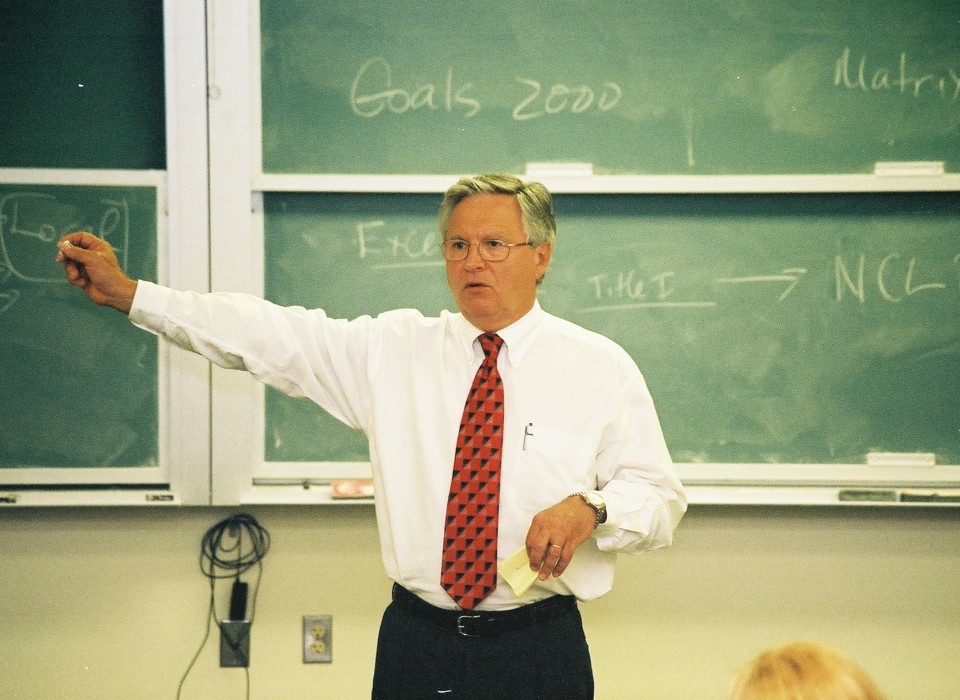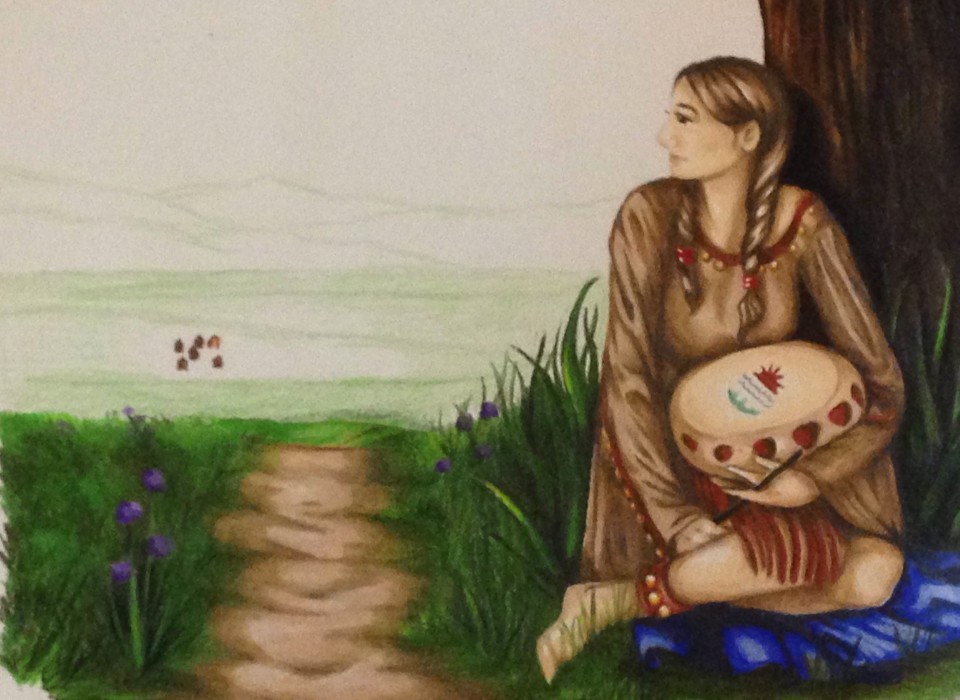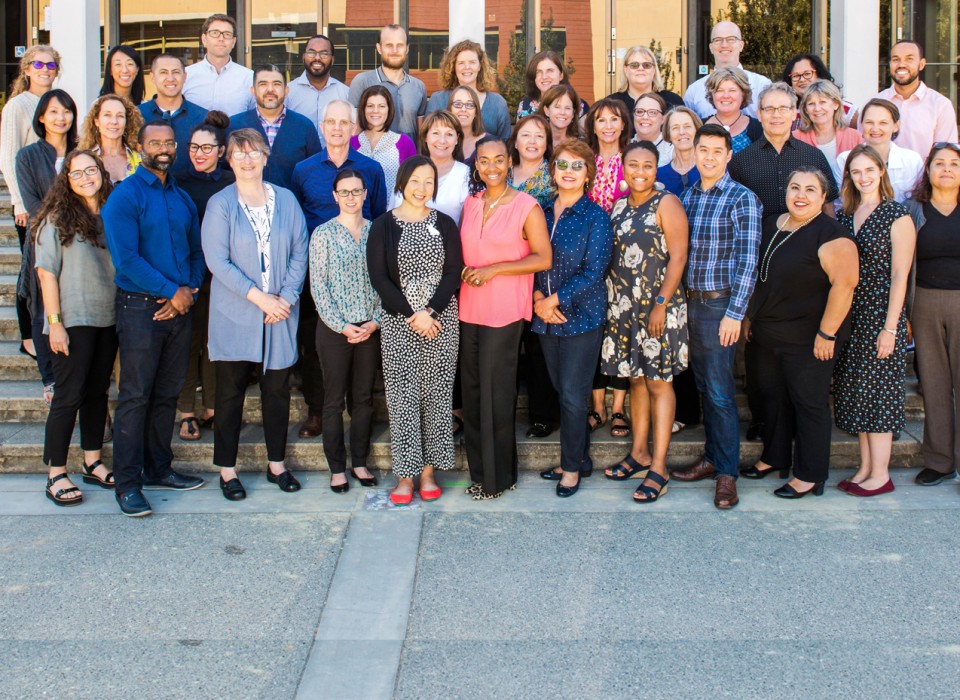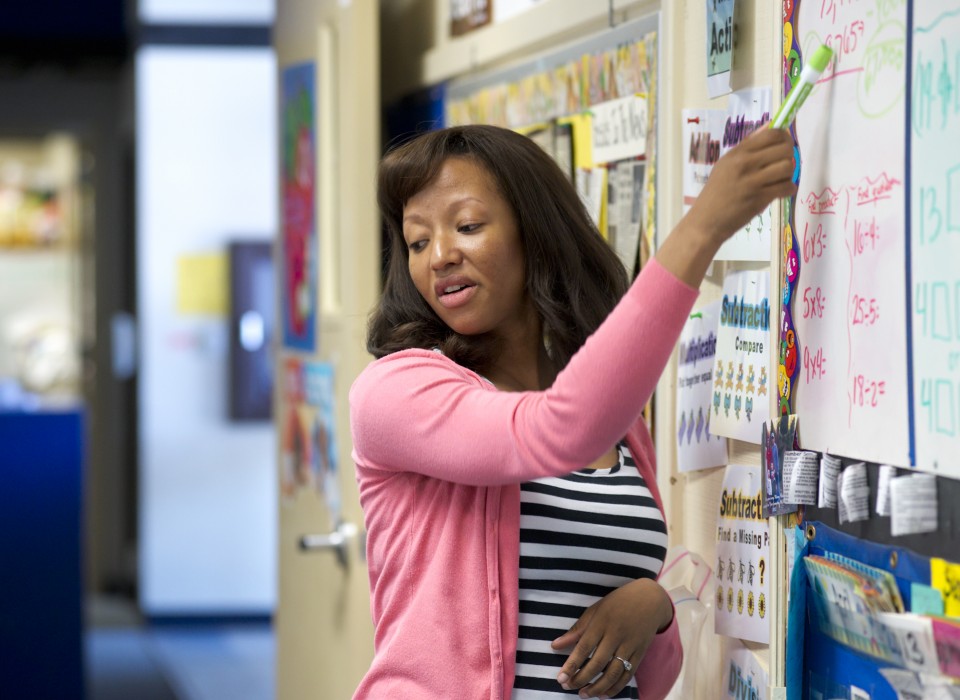CCS Dam Removal
Watersheds Tools Guide
Monitoring Human Activities in Watersheds
 Our newest Tools Guide is out! This
guide seeks to help readers develop volunteer-based monitoring
projects in watersheds and other land stewardship contexts.
Watershed restoration to the scale of dam removal can become
quite complicated with concerns for recreational use, respecting
and embracing Indigenous cultural practices, and conservation.
The potential role of volunteers is discussed in depth, and human
activities questions are addressed through examples of three
case studies of community science in action.
Our newest Tools Guide is out! This
guide seeks to help readers develop volunteer-based monitoring
projects in watersheds and other land stewardship contexts.
Watershed restoration to the scale of dam removal can become
quite complicated with concerns for recreational use, respecting
and embracing Indigenous cultural practices, and conservation.
The potential role of volunteers is discussed in depth, and human
activities questions are addressed through examples of three
case studies of community science in action.
Resources for Citizen Science Project Planning
We are excited to share three resources use in developing or evolving citizen science projects. While their focus is on dam removal and watershed restoration, much of this material could be useful for a wide range of contexts and problem areas related to conservation and natural resource management.








